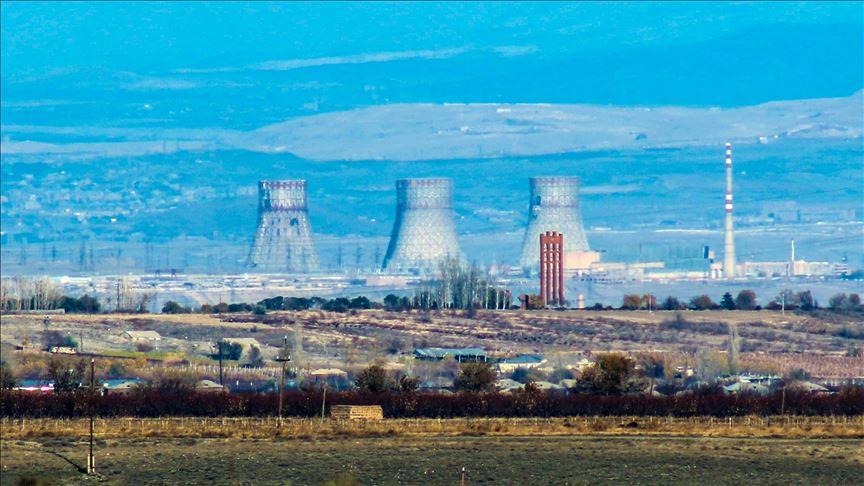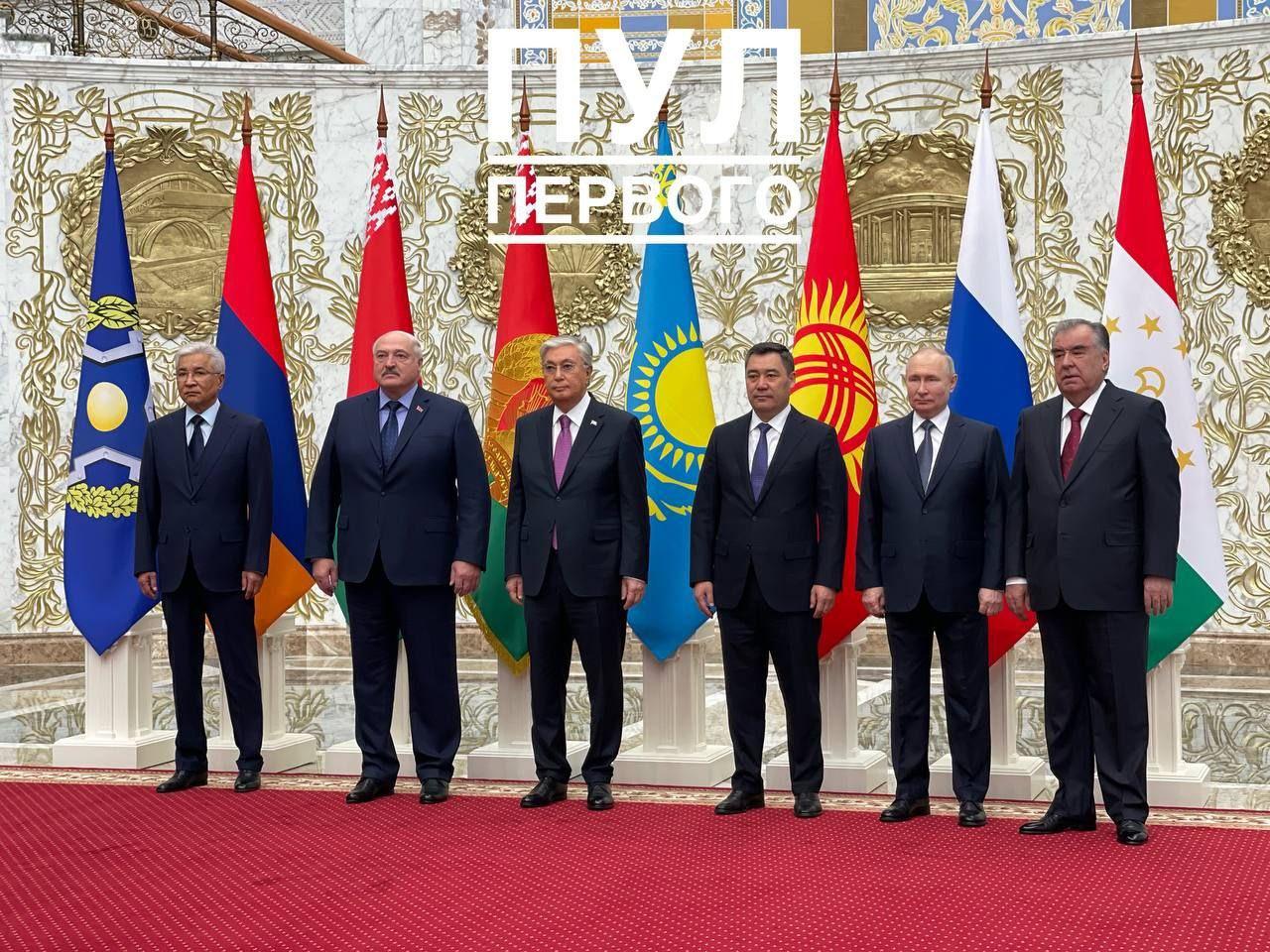At crossroads: With Moscow's economic dominance, what surprises thorny road to West holds for Armenia
Since Prime Minister Nikol Pashinyan’s rise to power in 2018, the political relations between Armenia and Russia have been at their lowest ebb with economic ties seeming at an all-time high, though illogical.
To all intents and purposes, economic relations cannot develop, let alone blossom, between states at odds without good political cooperation and fertile ground. Moreover, the Kremlin behavioural pattern never reconciles itself with departures from Russia’s sphere of influence and is always aggravated by the ongoing strong backlash.
The deepening distrust of Russia – viewed as Armenia’s long-standing ally, has been on since the 2020 Second Karabakh War when Moscow more or less observed partiality and did not back the Armenian aggression openly. In 2020, the Kremlin did not openly intervene on Armenia’s side against Azerbaijan to make Yerevan happy as Boris Yeltsin’s Russia did in the late 1990s, though under the Kremlin's tacit consent, weapons, and military hardware were dispatched to its outpost via Iran both on air and ground.
Nowadays, Armenia is at a crossroads, with one leg in the West in search of new political patrons with the other one in Russia and Iran in an effort to preserve well-established economic relations. Without more ado, Armenians no longer perceive Russia as their primary political and security partner but as a threat to certain segments of society.
The big question now is what Russia will do next. Will the Kremlin bow to Armenia’s whims and caprices and let it befriend the West and, at the same time, retain beneficial economic ties with Russia? Currently, Armenia’s economic dependence on Russia is so colossal that even if Moscow consents to divorce Armenia, the latter cannot substitute current major economic actors on the ground since they are Russian properties. Let us see what Russia owns in Armenia.
What Russia controls in Armenia
Armenia’s power sector strongly depends on Moscow with its dominant position in exports of gas, oil, and nuclear fuel, as well as its control over the critical economic infrastructure.
Armenia, often referred to as a country of stones, lacks any fossil fuel reserves and heavily depends on hydrocarbon imports to meet its own needs. Between 2019 and 2021, Armenia imported around 80% of its petroleum oils and nearly 87% of its natural gas, including liquefied gas, from Russia with the remaining 13% of natural gas imported from Iran.
Portrayed as a pro-Western government, during Nikol Pashinyan’s rule, Armenia has not seen a flow of foreign investments. This is impossible since all strategic sectors of the economy are owned and run by Russia. Contrary to promises to diversify the economy, the government of Pashinyan has failed to succeed and frankly speaking, this is out of question for both historical and geographical realities and the current state of affairs on the ground.
The trade turnover with Russia has gone up and in the first seven months of 2023, it totaled $3.7 billion, which was 70% more than in the same period of 2022. In 2022, the trade turnover doubled compared to 2021. In keeping with statistical figures, in 2022, Armenia’s exports to Russia increased almost three times, from $841 million to $2.411 billion dollars.
The dynamics of an approximately three-fold increase in exports is also observed in the statistics of 2023. Economists believe these numbers are abnormal since national output did not increase sharply in Armenia over the period in question. With that in mind, the only viable explanation is that Armenia has become a re-export center for goods that Russia cannot import over biting Western sanctions.
The analysis of income from taxes also indicates that the taxes paid to the budget by companies operating in the transport sector have increased up to 50 times. This indirectly proves that Armenia's economic growth is generated only by redirecting banned and sanctioned by the West goods to Russia.
During the 2018 revolution in Armenia, Pashinyan and his supporters declared that the country's economy was not diversified as a result of the uncompromising economic policy of the Karabakh clan. However, Pashinyan's nearly 5-year-long rule neither saw economic diversification nor was a panacea to problems accumulated. Economists believe the Armenian economy is hit by a Dutch syndrome since the declared economic development is artificial and related only to re-exports to Russia. Once the need for re-export ends, Armenia’s economic development will sharply drop, resulting in an economic crisis.
With the Russian war in Ukraine nearing the second anniversary and crippling Western sanctions on the rise, the further deterioration of the Russian economy is unavoidable and would lead to a fall in the value of the rouble, which, in its turn, would affect the Armenian economy.
Since 2022 when the Russian incursion in Ukraine started and triggered economic and political sanctions, endless expert reports keep emerging in the media and on the tables of decision-makers in the West that Armenia is being used to evade Russian sanctions. For example, ex-US State Department’s sanctions coordinator James O'Brien said that electronic chips, circuit boards, and processors are delivered to Russia through Armenia. However, despite solid proof, sanctions against Armenia are not even discussed.
The Armenian economy is almost in the hands of Russian businesses and oligarchs. The gas network belongs to Gazprom and it controls gas coming from Iran, and it was Gazprom that built the gas pipeline from Iran, reducing the capacity of the pipeline by half to prevent Armenia’s choice of preferred economic partner to make Russian gas dominance in Armenia unchallenged. Gazprom also controls the Iran-Armenia gas pipeline. Gazprom owns the fifth unit of the Hrazdan TPP and acquired it in 2006 for $118.8 million by buying newly issued shares of HayRusGazArd.
In 2021, Armenia’s natural gas import totalled over $400 million with Russian petroleum oils amounting to $280 million. Armenia’s power grid is owned by Russia and is run by the Tashir group of companies owned by Armenian oligarch S. Karapetyan.
Though Armenia’s Metsamor nuclear power plant is owned and run by the state-owned Armenian NPP company, it also heavily relies on Rosatom. Armenia’s nuclear fuel is imported from Rosatom and the regular repairs and upgrading services are implemented by Russia. In 2021, Rosatom completed repairs and modernization to extend the plant’s operational life until 2026.

In 2022, Russia accounted for 35.6% of Armenia’s foreign trade and 30% of Armenia’s imports came from Russia, while 45% of Armenian exports went there. Although the two states share no common borders, Russia has been Armenia’s largest trade partner since 1995.
Armenia’s $160m aluminium industry is entirely dependent on Russia for the raw material - unwrought aluminium and is dominated by a single actor - Armenal plant, founded in 2000 at the Soviet-era Kanaker aluminium smelter (KanAZ) in Yerevan. Armenal is owned by the Russian giant Rusal and between 2018 and 2021, Armenia imported over $257 million worth of aluminium and exported $400m worth of aluminium foil.
Almost all of Armenia’s top agricultural products are also exported to Russia, including 99% of fish, 99.8% of tomatoes, 98.8% of apricots and other stone fruits, 100% of strawberries, 89.4% of cheese, 99.4% of potatoes, 99% of nuts, and 94.9% of grapes.
Armenia deviating from Russian control
The government of Pashinyan, inspired by recent growing Western backing, continues to deviate from Moscow under various excuses, ascribing the move to the Kremlin-dominant CSTO’s alleged failure to support Armenia in 2020 militarily and after Azerbaijan waged its holy war for liberating its own occupied lands within internationally-recognized boundaries.
Azerbaijan's resolute steps to purge Karabakh from Armenian separatists and armed groups further worsened relations between the Kremlin and Yerevan with the final blow to the Armenian separatism delivered on September 19-20, 2023, when the anti-terror measures in Karabakh ended separatism once and for all. These aggravated relations further as the Russian peacekeepers, stationed in Karabakh since 2020, failed, as Armenians claimed, to prevent the fall of the self-proclaimed regime though this had nothing to do with them.

Armenia is after new security partners far away from the region to diversify security guarantees and procure new weapons. Armenia has already obtained French-made Mistral missiles and three radar systems as well as Bastion armored personnel carriers. India also keeps supplying Armenia with various weapons. France promised to help Armenia to reform the armed forces and train servicemen.
Summarizing post-war developments of 2020 and ensuing processes, during which Armenia was supposed to sign a peace accord with Azerbaijan as obliged by the November 10, 2020, tripartite agreement, Yerevan has not done so and on the contrary is rearming itself with the help of France, India and others.
Armenia forgets that its bitter defeat on the battlefield and dragging its feet over signing a peace deal to bring calm and development to the war-torn region won’t benefit it and plunge the region into new chaos. The ball is in Armenia’s court. The earlier peace the better for the whole region.








